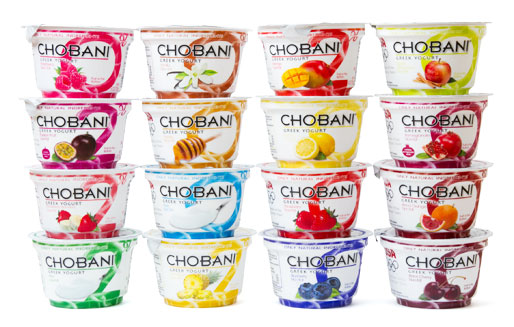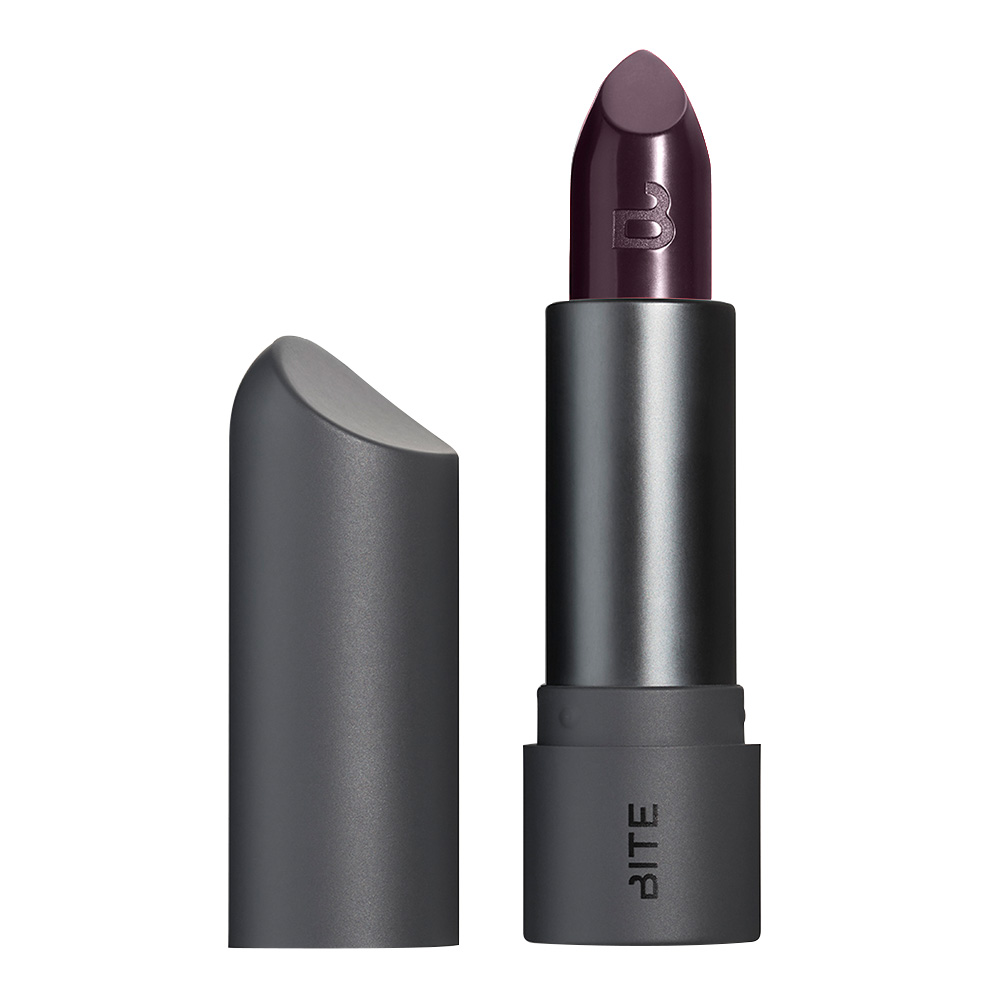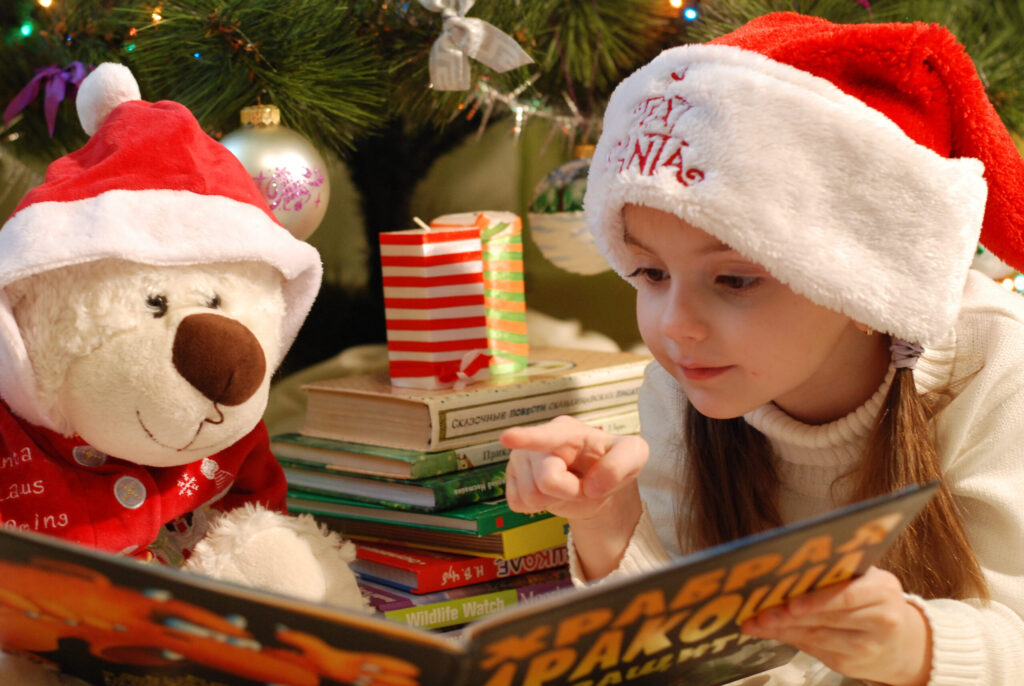A Brand Story is a first-hand, real or perceived, experience of the core brand promise in its entirety.
It is a core promise brought to life, with utmost congruency, at all consumer touch points especially brand owned. It includes the first and ultimate moments of truth for the brand cutting through the hype of storytelling via media.
The core emotional promise of a Brand Story overcomes an emotional pain point for the consumer.
Brand Story is experienced at first moment of truth: interaction with brand owned touch points-website, people, point of purchase, packaging, and product, as well as during post purchase and ultimate moments of truth: product usage, maintenance, disposal and post purchase service. Brand Story is a strategically, viral asset. Brand Story is what you truly are!
You could audit Brand Story with or without the help of consumer and see the difference in your understanding and consumer perception.
Why does a conscious consumer packaged goods(CPG) business need a brand story?
A conscious brand intends to make a difference to the consumer and desires a profit in return, which is dependent on revenues with high margins, which are dependent on
1. A lot of consumers becoming aware.
2. Consumers trying the brand at a premium price.
3. They buying again and again.
But without resources to create awareness and without massive existing distribution, generating a high amount of awareness is unlikely.
You are left with options 2 and 3.
You need to both charge a price premium, unless you have a significant cost advantage, and have a higher sense of bonding with your consumer base elevating their loyalty into frequent and bigger shopping cart size.
Eventually, this loyalty will translate into consumer advocacy, thereby reducing the cost of new consumer acquisition through word of mouth, and increasing consumer lifetime value yielding higher sales and profit margins!
A health food and beauty consumer packaged goods brand needs an army of loyal fans. It needs a tribe!
A well crafted brand story helps the brand occupy a distinct place in the minds of consumer, win their hearts, elevate repeat buyers into loyal consumers and ultimately into tribes earning higher profit margins with minimum investment and not worry too much about competition.
A powerful Brand Story provides organic and healthy growth, the way it is truly meant to be.
5 Types of Brand Stories
1. A Brand Story Totally New to the World: Higher Order
(No competition/no substitutes)
A new to the world offering is already differentiated, but you still need to work on coherence. Build a coherent brand story around the emotional outcome associated with overcoming the consumer pain point.
You end up creating a new product category and new demand with this type of brand story.
Brand achieves both higher pricing and lower cost, since there is no competition or substitute and, thus, there is no price pressure due to quality comparison.
Chances are, you won’t stay new to the world forever, as, with time, you will see newer brands entering the space.
Glossier Beauty was, and maybe still is, a totally new to the world, direct to consumer, offering: “Beauty Products inspired by real life”.
It had an emotional connect right from the beginning, but now needs to make tough choices and not let chasing growth trade off with brand story coherence.
2. A Quality Brand Story: Lower Order
(Direct competitors and substitutes)
Your brand could be in a mass or specialty channel competing with quite a few options, for the consumer, within the same category.
Consumers will, in those channels, do a relative assessment of quality.
Quality is in the eyes of the target consumer! Know how your target consumer defines/perceives quality with a set of weighted drivers, and offer that quality functionally better than competitors first, and then evolve/morph the functional benefit into an emotional promise for a higher “perceived quality”.
Price matters if you want to offer a Quality Story. Either offer higher perceived quality for the same price or offer the same perceived quality for lower price.
Cost of goods sold becomes crucial to winning with this type of a brand story.
Advertising or content, influencing perception of quality, is equally important as it is difficult for the consumer to calculate quality precisely.
3. A Cause Brand Story: Ten Tree, Toms Shoes: Higher Order
Cause Storytelling and Marketing are different from a Cause Brand Story. Do not try to leverage a cause tactically to grow business if it does not align with your Brand Story.
Ideal scenario is when your brand story’s core promise revolves around the cause and the next best option is when your Brand Story’s core promise is well aligned with the cause you are trying to leverage. A cause could be social, environment, or people cause.
Toms Shoes focuses on social cause whereas Ten Tree focuses on environmental cause.
4. A Brand Story on an Uncontested Plane: Highest Order
-Personality (Geography, Founder, Real or Fictitious personality): Highest order
-Emotional Driver: Highest Order
You could organize the entire brand story around a core promise, such as personality, (could be of founder, geography or even a fictitious personality like Betty Crocker) or the emotional belief/driver of a consumer behavior, that creates an Uncontested Plane within an existing product category. For example: Collective Arts Brewery creates small batches of craft beers in partnerships with local musicians! The brand is on an uncontested plane within the craft beer category.
5. An Experiential Brand Story-Highest Order- Has been relevant to service industry( Digital will change that)
Opportunity to cater to all senses enables an experience with your brand which is truly memorable for the consumer. Starbucks and Disneyland are great examples from conventional brands.
Sweetgreen is killing it with farm to table fresh meals made with ingredients that arrive the same morning! Time they took it a notch higher by making it an experiential and lifestyle brand.
Similarly, all the fifth-generation coffee, tea and kombucha bars, like the Vancouver-based O5 Rare Tea and Kombucha Bar, have an unprecedented opportunity to create an experiential brand with the highest level of an emotional bond with their consumers.
For 1st and 2nd types of brand story, it makes sense to move to an uncontested plane, the option 4, as slowly there will be new entrants for Type 1 brand stories, and maintaining perception of quality and the pressure on margin can take a toll on type 2 brand stories.
Example of Brand Story Types:
Chobani:

Type of Brand Story: Was a type 1, as an innovation in mass market, with substitutes in specialty. Playing Type 2 now, and should move to Type 4.
Core Brand Promise: “Affordably Healthy and Trendy Snacking”
Enemy: Worry about snacking right
Hero: Health conscious snacker
Touch Point Congruency/Coherence: Low sugar in product, Live bacteria, Smaller and beautiful packaging, Social Media campaign around the hero.
BITE Beauty:
Type of Brand Story- Type 4: Uncontested Plane! The one you should aim for always!

Core Brand Promise: Edgy and Free ( hidden delight of safe)
Enemy: Insecurity, fear, frustration, lack of confidence, constrained, imprisoned.
Hero: Trendy, ahead of the pack.
Touch Point Congruency/Coherence: Website designed for ahead of the curve, younger consumer, who wants to live an unconstrained life.
Product: Loud shades, Brand Architecture: Added personality to master brand with “Amouse Bousche” and “Outburst” collections.
Content: Straight to the point.
CONCLUSION
Brand story is an exercise in clarity, of deep dive and organizing your business and brand around a core emotional promise.
There are 5 types of conscious CPG brand stories: New to the world, Quality, Cause, Uncontested plane and Experiential.
Type 1, New to the World, has a bit more leeway to play with price and margins. They do need the story to be coherent though.
Type 3, A Cause Brand Story, has built-in emotional resonance and the brand owner needs to ensure that the brand story is lived up to coherently at every touchpoint with the consumer.
Type 5, Experiential, has been limited to service industry, but with digital, especially with the emergence of virtual and augmented reality, there is more opportunity to offer an experiential brand story for consumer packaged goods as well.
If you are type 1 and 2, you should aim for TYPE 4, and create an Uncontested Plane with a higher sense of emotional bonding with consumers yielding higher margins and profits.
Audit to uncover the type and power of your current brand story!
Comment with your thoughts, and feel free to share if you think it added value!
ROHIT BANOTA, Founder of StorySaves, has transformed dozens into envied beauty brands for sharp and profitable growth, kickstarted from day 1 with “strategic brand story” and “story-led brand strategy” & powered by digital.
He has over 17 years of marketing and business experience growing consumer packaged brands including with startups and MNCs like P&G Beauty and Grooming.

